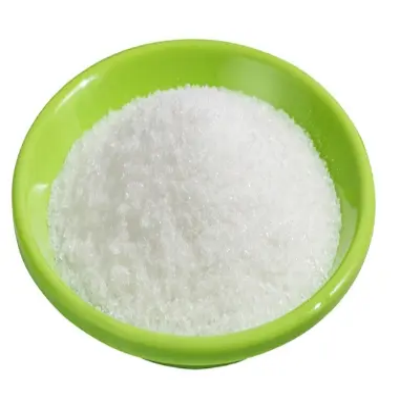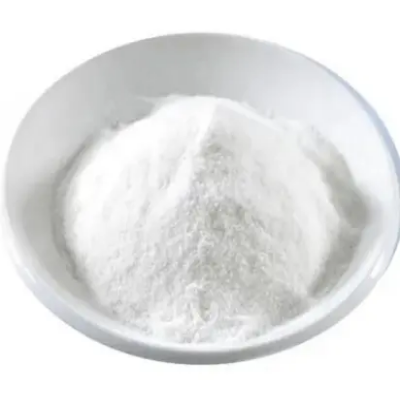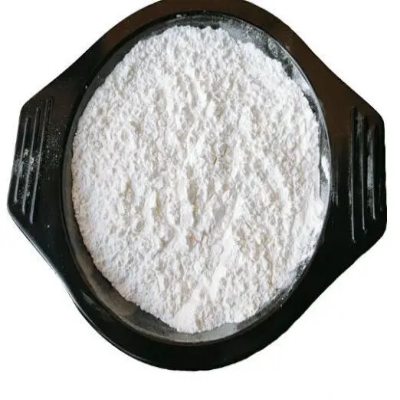Fludarabine Phosphate CAS:75607-67-9
Fludarabine phosphate, a purine analog, is widely utilized in oncology, especially for treating hematologic malignancies like chronic lymphocytic leukemia (CLL) and non-Hodgkin lymphoma. As a prodrug, it is converted into its active form, fludarabine, which inhibits DNA synthesis and repair by incorporating itself into the DNA strand during replication. This action triggers cellular apoptosis, effectively reducing tumor burden. The administration of fludarabine can be done either intravenously or orally, depending on the clinical scenario and patient tolerability. The drug is often used in combination with other agents to enhance therapeutic efficacy and manage resistance mechanisms that tumors may develop over time. Commonly combined treatments include regimens with cyclophosphamide or rituximab, particularly in CLL cases. Fludarabine's immunosuppressive effects are noteworthy; while they contribute to the drug's efficacy against cancer, they also increase the risk of infections and other complications, particularly in patients who are already immunocompromised. Clinicians must carefully monitor blood counts and immune function throughout treatment to mitigate risks. Adverse effects associated with fludarabine phosphate include myelosuppression, fatigue, nausea, and occasionally, neurological symptoms such as seizures. Long-term usage may lead to secondary malignancies due to its potent cytotoxicity. In conclusion, fludarabine phosphate represents a significant advancement in the management of specific hematological cancers. Its ability to target rapidly proliferating cells allows for effective treatment, although careful patient selection and monitoring are essential to optimize benefits while minimizing risks.



| Composition | C10H13FN5O7P |
| Assay | 99% |
| Appearance | white powder |
| CAS No. | 75607-67-9 |
| Packing | Small and bulk |
| Shelf Life | 2 years |
| Storage | Store in cool and dry area |
| Certification | ISO. |









